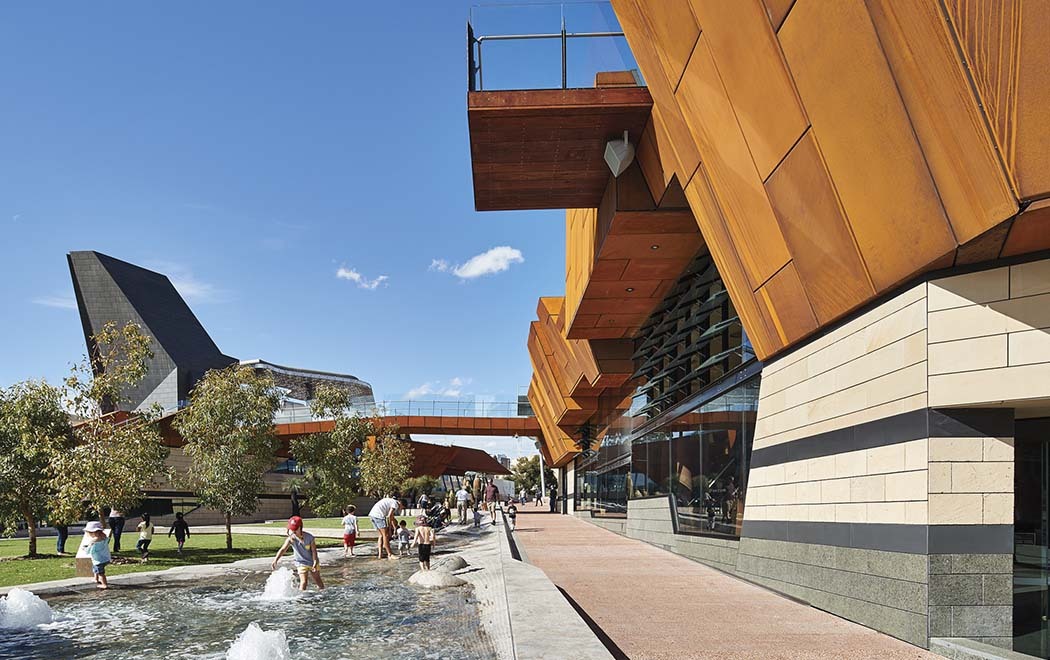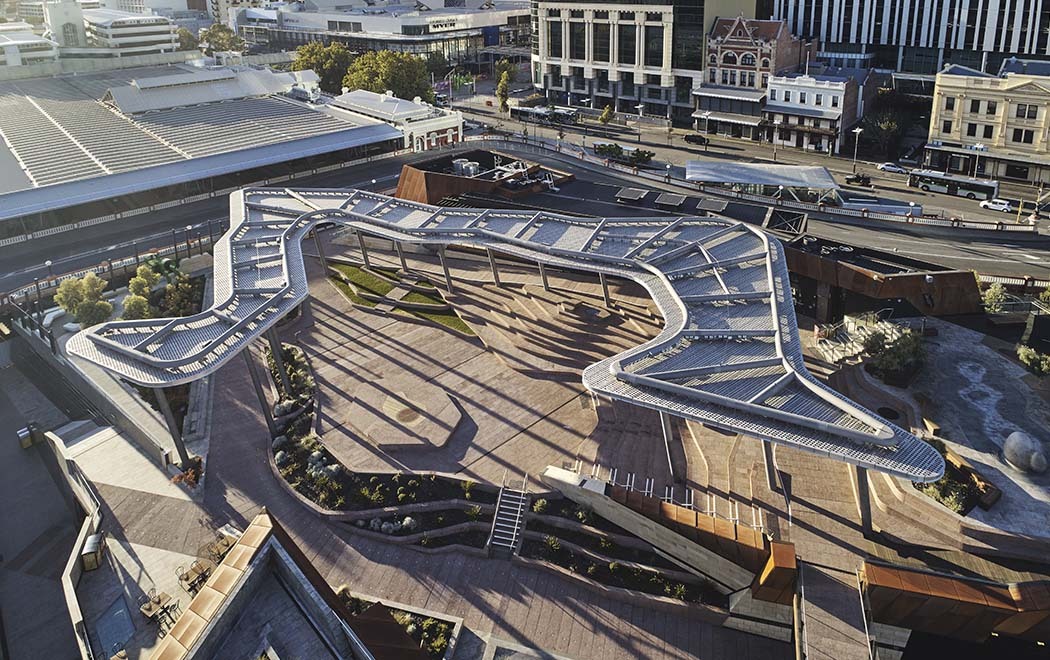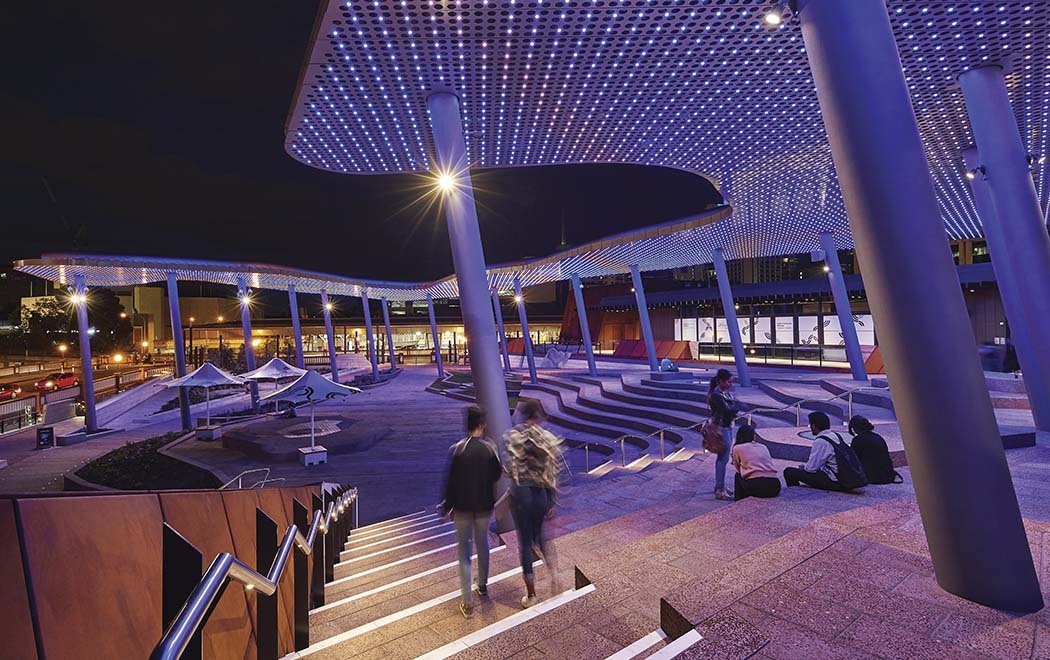16 May 2024
Get to Know The Characteristics of Post Modern Architecture
Get to Know The Characteristics of Post Modern Architecture
Share:
In the world of architecture, the concept of "postmodernism" has become a fascinating focal point that captures the attention of many. Postmodern architecture offers a fresh and innovative perspective, blending traditional elements with revolutionary modern ideas. However, what are the distinguishing characteristics of this architecture from other architectural styles, and why is this movement so captivating to architectural observers?
Definition of Postmodern Architecture
As its name suggests, postmodern architecture emerged after the era of modern architecture. Unlike the formal and rigid approach that characterized modern architecture, postmodern architecture adopts a more experimental approach. Postmodern architectural style often combines traditional elements with new innovations and explores various styles and forms.
Until now, there are numerous examples of postmodern architecture. Some famous ones include 550 Madison Avenue by Philip Johnson, Portland Building by Michael Graves, and Piazza d'Italia in New Orleans by Charles Moore.
Characteristics of Postmodern Architecture
Postmodern architecture is a phenomenon that reflects the complexity and dynamics of contemporary times. Within its broad scope, postmodern architecture exhibits characteristics that make it unique and depict the essence of change in the architectural worldview.
1. Communicative and Popular
Buildings of postmodern architecture contain popular communicative value. Their architectural designs are crafted to convey relevant messages to observers.
2. Historical and Nostalgic
Postmodern architecture is filled with rich historical values that are abundant with memories. This serves as a reminder of the passage of time and cultural changes.
3. Urban and Representational
Its urban and representational nature makes postmodern architecture suitable for large cities. Often, this architecture becomes a symbol of the dynamics of urban life.
4. Diverse or Plural

Yagan Square in Perth, Australia, utilizes COLORBOND®. It was designed by Iredale Pederson Hook Architects. One example of the application of postmodern architecture.
Postmodern architecture tends to be diverse. This architecture combines various styles, forms, and ideas from different periods and cultures.
5. Ornamentation Technique
Although it carries an innovative spirit, postmodern architecture still utilizes ornamentation techniques. The application of these techniques serves not only as decoration but also as an expression of the building's identity.
Figures of Postmodern Architecture

Yagan Square in Perth, Australia, utilizes COLORBOND®. It was designed by Iredale Pederson Hook Architects. One example of the application of postmodern architecture.
Some of the key figures who have played significant roles in the development of postmodern architecture include:
1. Robert Venturi
Robert Venturi, born in 1925, is indeed one of the significant figures in postmodern architecture. After studying at the American Academy in Rome, Venturi worked in renowned architectural firms such as Eero Saarinen's and Louis Kahn's until 1958 before eventually finding his identity in postmodern architecture.
2. Charles Moore
Charles Moore was a postmodern architect from Italy. In his work, he combined postmodern elements with classic revival and art deco styles, creating pieces that exuded historical nuances and elegance. His contribution to elevating history through architectural design has added a new dimension to the modern architectural landscape.
3. Philip Johnson
Philip Johnson was a prominent figure in postmodern architecture, born in 1906. Initially known as an architect with a pure modernist approach, a dramatic change occurred in his approach when he designed the ATT&T Building, now known as 550 Madison Avenue. This change marked his transition to postmodern architecture.
4. Michael Graves
Michael Graves lived from 1934 to 2015. Initially, he was a follower of modernism before later transitioning to postmodern architecture in 1982.
5. Frank Gehry
Frank Gehry is indeed one of the prominent postmodern architects known for his revolutionary works, such as the Guggenheim Bilbao. He opened his first architectural office in 1970 and since then has created many inspiring works that have transformed the paradigm of modern architecture.

Yagan Square in Perth, Australia, utilizes COLORBOND®. It was designed by Iredale Pederson Hook Architects. One example of the application of postmodern architecture.
Diversity, innovation, and adaptation are core values continually emphasized in postmodern architecture. By embracing these values, postmodern architecture becomes more than just an architectural style. It also represents the courage to uphold old values while remaining open to change and evolution.
Among various material options, COLORBOND® pre-painted steel emerges as a pioneer driving the freedom of expression and exploration in postmodern architecture. With technology tested for over 50 years, COLORBOND® not only provides cutting-edge material solutions but also serves as a catalyst accompanying every design towards achieving masterpieces.
COLORBOND® offers more than just visual beauty. This pre-painted steel provides a new dimension to every project, creating a harmonious balance between aesthetics and strength.
COLORBOND® offers a variety of exotic colors, which are divided into two types: Standard and Matte Finish.
COLORBOND® provides the perfect solution with outstanding resistance to extreme weather, corrosion, and temperature changes. The freedom of expression and exceptional durability offered by this material adorn every project with pride and an unparalleled sense of achievement.
**
Steel Architecture Award 2024 is a prestigious event for architects who have created buildings using materials from BlueScope. The submission process or open submission for works will run until May 31, 2024.
Until May 2024, there will be ongoing launches in various cities in Indonesia to introduce and encourage architects to participate. In October, the best works will be selected for the national-level awards. The national-level winners will then compete in the ASEAN Steel Architecture Award 2024.
There are five categories that can be entered in this award, namely:
- Industrial Non-Commerce
- Commerce
- Residential
- Infrastructure
- Lasting Beauty (for buildings constructed before 2019).
There are several reasons why architects should consider participating in this award, including:
- Networking: Opportunities to meet and interact with other architects and relevant stakeholders in the industry.
- Recognition: Acknowledgment of one's work and abilities in designing buildings.
- Career Elevation: Enhancing one's career by adding to the portfolio of achievements.
- Continuity: This award has been held previously in 2017 and 2019 but was interrupted due to the pandemic.
For further information, you can visit the official website of this award here!

